Let’s Stop Pretending
Sports is about passion. It’s what fills the stands and sells the tickets. I’m from West Virginia, and the University Mountaineers football and basketball games can reduce people to tears, or inspire them to burn couches in the street after major wins. Fans live and die by their soccer or hockey teams. Take a look at the Olympics, the World Cup, every major boxing championship, even that “MayMac” debacle. People get swept up in the excitement and throw money at these events like there’s no tomorrow. But that kind of passion in turn means pressure and high stakes. And that means athletes will always look for that extra edge, any advantage they can find, to help them secure victory.
Steroids in sports is a topic as taboo and fraught with peril as discussing politics at Thanksgiving Dinner. But the simple truth remains that performance enhancing drugs are a serious problem, and in order to tackle that problem an honest discussion is required. But if the response to Canelo Alvarez’s positive test result is anything to go by, such a discussion is a long way off in the boxing world.
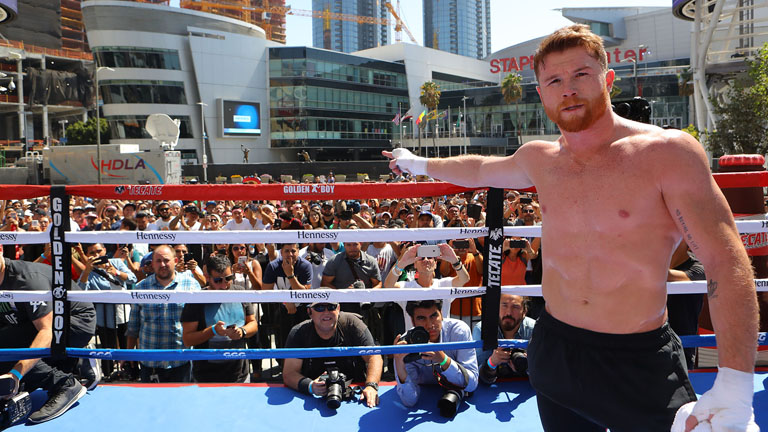
As readers of this fine site are no doubt aware, Alvarez recently tested positive for trace amounts of a substance called clenbuterol which, while not a steroid per se, is used by asthma sufferers as a decongestant and is banned by the World Anti-Doping Agency (WADA). After Canelo’s positive test was made known, Golden Boy Promotions issued a statement which argued that Canelo had most likely acquired the drug from eating tainted Mexican beef. Since then a number of interests connected to the upcoming rematch between Alvarez and Gennady Golovkin, most notably the World Boxing Council, have made it known that they accept this rather shaky explanation. At this point, it appears the positive test result is not about to jeopardize Canelo vs GGG II.
That said, this issue is not going away. Steroids and other banned substances are a black eye on any sport. Integrity is attacked, athletes lose respect and business is hurt. Boxers who have been caught and tested positive will always have that blemish on their records. A shadow will forever hang over their record and their accomplishments. Now that shadow looms over Alvarez, and Golovkin vs Canelo II.
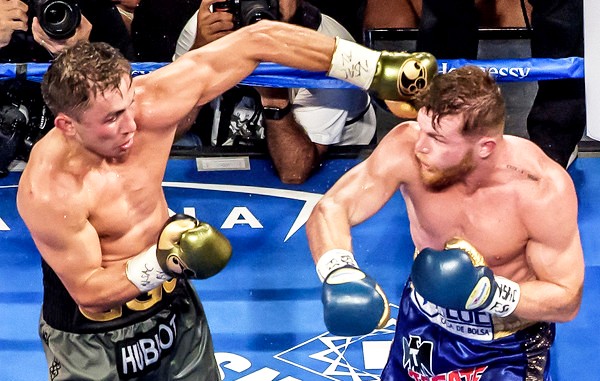
Positive tests are no longer rare occurrences in boxing. Just last year top heavyweight contender Luis Ortiz tested positive for chlorothiazide and hydrochlorothiazide, both of which are used to treat high blood pressure but can also be used to mask other performance-enhancing drugs. That test scrapped the original Wilder vs Ortiz match, set for last November, but didn’t prevent the two from locking up last month. Another potential Deontay Wilder opponent, Alexander Povetkin, also tested positive for banned substances last year.
Going back a bit, fans will recall how in 2012 Lamont Peterson tested positive for synthetic testosterone leading up to his rematch with Amir Khan, which was subsequently cancelled. Just one month after Peterson, Andre Berto tested positive for the anabolic steroid nandrolone. Then after Berto, it was Yuriorkis Gamboa, etc., etc. But none of this is anything new. The use of performance-enhancing drugs goes back decades. For example, late heavyweight Tommy Morrison, who was active in the early 90’s, confessed to steroid use and claimed to know for a fact that many others were guilty of the same crime.
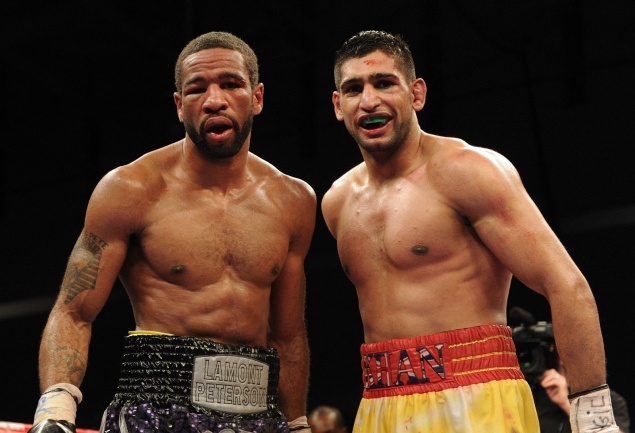
Back in 2003 Sugar Shane Mosley tested positive for steroids provided by BALCO, aka Bay Area Laboratory Co-Operative, a vitamin and supplement company investigated for providing banned substances to professional athletes. Barry Bonds, Marion Jones, and Jason Giambi were other athletes linked to BALCO. Mosley testified in front of a grand jury and admitted to “unknowingly” using EPO, or erythropoietin, before his second bout with Oscar De La Hoya.
It may suprise some to know that James Toney and Roy Jones Jr. tested positive for banned substances. After Jones Jr. retained his light heavyweight championship in Indianapolis in 2000, he tested positive for androstenedione. Jones stated his test results came after ingesting a supplement called Ripped Fuel and Jones’s opponent, Richard Hall, also came up positive for the same banned substance. James Toney’s 2005 victory over WBA titlist John Ruiz was switched to a no-contest after Toney tested positive for nandrolone. Toney’s team stated the steroids were provided by a doctor to help treat an arm injury prior to the bout.
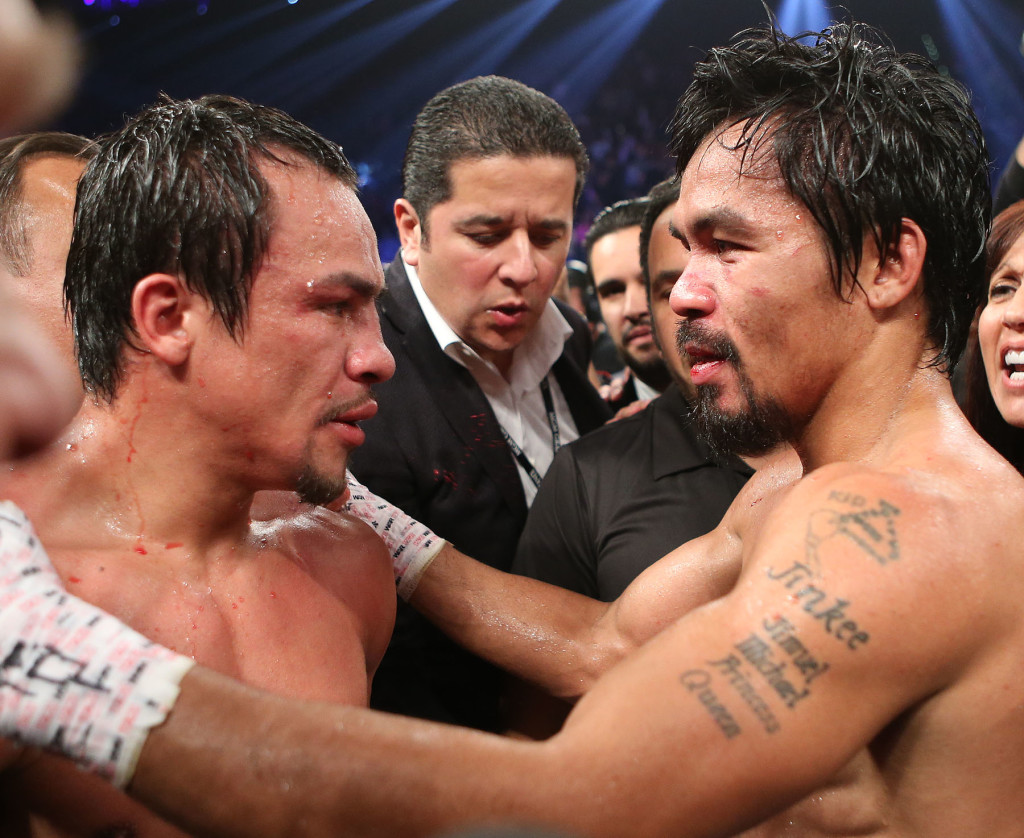
Now consider the fact that for every boxer who is caught or confesses to using PED’s, there’s likely a whole bunch who never do. Let’s face it, it’s no more than a fifty-fifty proposition that a fan’s favorite boxer isn’t using something to get that much-desired extra edge. The unpleasant truth is that steroids have been a problem in boxing for decades and they aren’t going away. So what can we do about it?
Prohibition probably will not work. Especially since, unlike football and many other professional sports, boxing lacks a single sanctioning body to provide oversight. Some boxers have voluntarily signed up for random drug testing with the Voluntary Anti-Doping Association (VADA) and such fighters as Floyd Mayweather, Nonito Donaire, and, ironically, Andre Berto have volunteered for drug testing wih VADA, but clearly volunteer testing is not enough. And with no truly rigorous and mandatory testing in place, rumour and speculation will continue unabated. For example Manny Pacquiao, Bernard Hopkins, Juan Manuel Marquez, Evander Holyfield and, yes, even Floyd Mayweather, have all been rumored to use performance enhancing drugs.
But just because this has been going on for a long time and many boxers are getting away with it, doesn’t mean we should become complacent. Fighters who cheat are doing serious damage to the sport. The cheating participants not only damage boxing’s already suspect integrity, but are also equipping themselves with a better capability to harm their opponents. To state the obvious, boxing is already a highly dangerous sport and has been proclaimed the toughest of all sports by scientists from the United States Olympic Committee. Promoting a safe sport should be the goal of all sanctioning bodies.

Why are boxers using these banned substances? To cite a fellow FightCity contributor Rafael Garcia let us revisit his thoughts which were featured here back in 2013:
“Pugilism, like many other professional endeavors, is experiencing a hollowing out of its middle ranks. A global market increases the rewards to sccess by providing a much larger audience than before. The riches attained by those who make it to the very top are thus grander than ever before, while the bottom-feeders are left with less and less of the spoils to distribute. All the while, the middle of the pack is hollowed out because mass audiences can only pay attention to a limited number of boxers at a time, given that they are provided so many other forms of entertainment. This means a lucky few fighters end up as megastars, while the rest toil in almost total obscurity for most of their careers.”
This brings us back to the the Canelo Alvarez situation. Canelo is a boxer who has already hit mega-stardom. Is the pressure from fans so great that he possibly needed that extra edge to assist him in conquering the man in his path to claim ultimate middle weight supremacy? Or was it simply a dietary mishap with contaminated meat that plagues Mexican athletes? One person who suspects something more sinister is Gennady Golovkin.
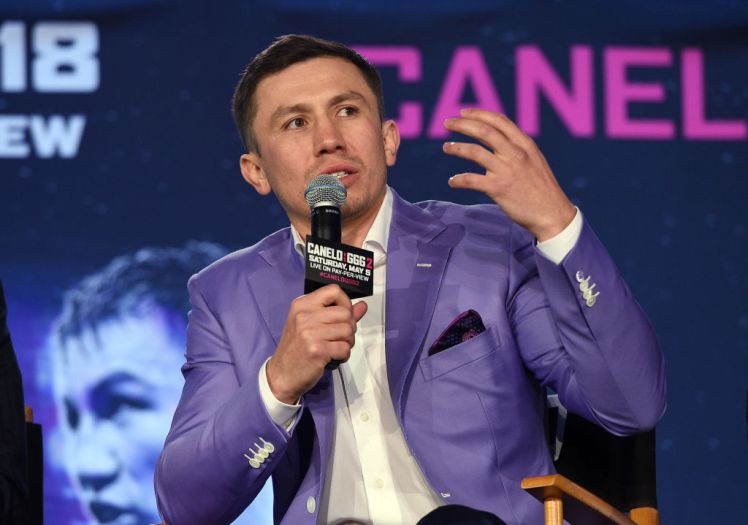
“I told you, it’s not Mexican meat,” said the Kazakh warrior to reporters visiting his training camp at Big Bear Lake in California. “This is Canelo. This is his team. This is his promotion. Canelo is cheating. They’re using these drugs, and everybody is just trying to pretend it’s not happening.”
Strong words but insightful as well. And one suspects that the idea of boxers using performance enhancing drugs while many turn a blind eye and the sport in general tries “to pretend it’s not happening” sums up the entire situation in a manner both concise and cutting. After all, this is boxing, the most dangerous of sports. And really no one can afford to “pretend it’s not happening.” It’s time for everyone in boxing to stop pretending, as conditioning coach Justine Fortune told us way back in 2013 (see below), because the first step is to face reality and get serious about it. But it doesn’t look like boxing is ready to do that. — Jeffrey Fuss

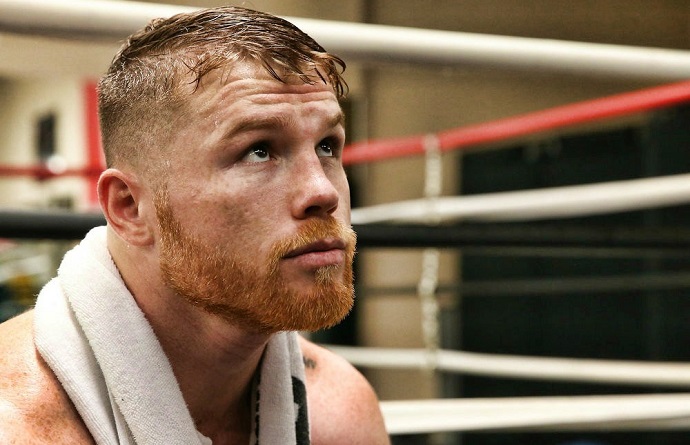

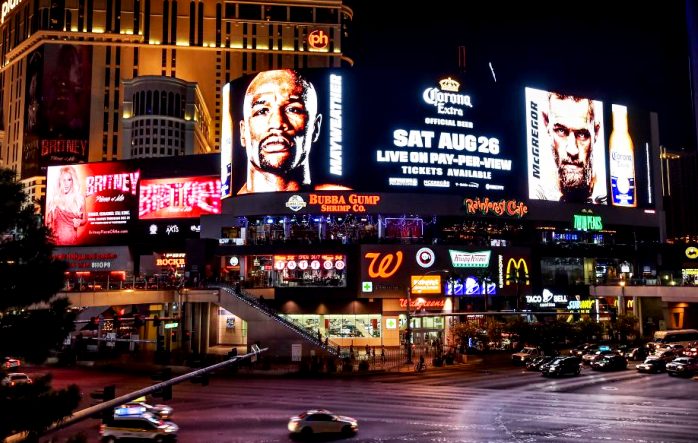
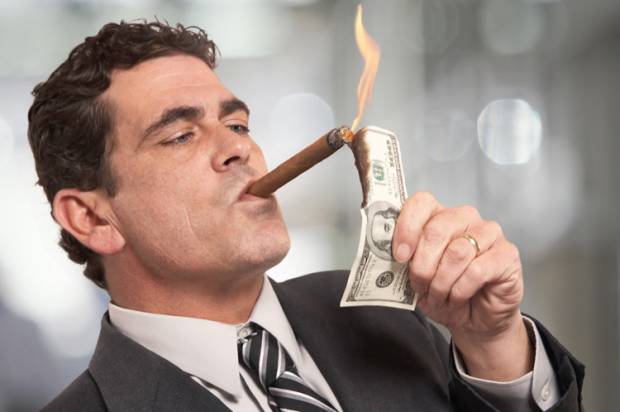

Good article!!
Agreed. The Real Deal had some issues too.
Canelo has faced one top notch opponent and he lost.
[Facepalm]